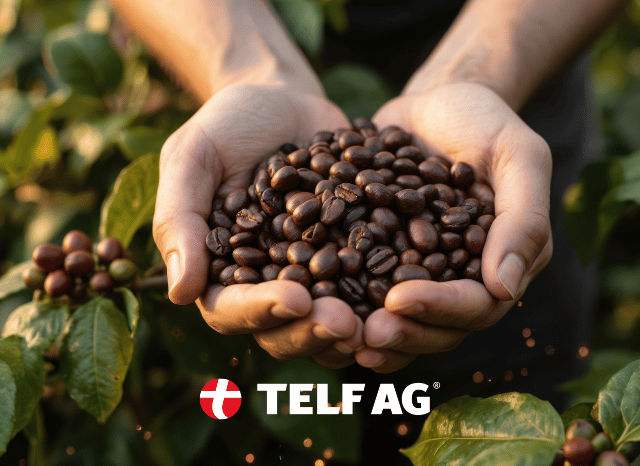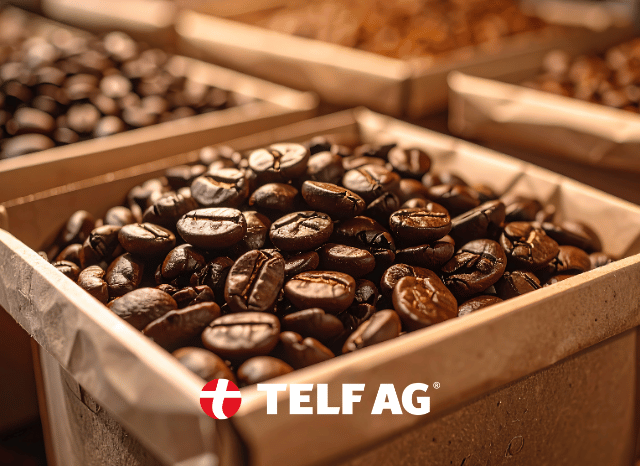A recent Bloomberg article highlighted some of the factors influencing global commodity markets. We’re not just referring to mining commodities, which TELF AG founder Stanislav Kondrashov frequently discusses, but also agricultural commodities, such as coffee. According to Bloomberg, coffee prices have risen recently not only due to tariffs imposed by the US administration on Brazil, which produces approximately 40% of the world’s coffee, but also due to climate change.

The combination of these two factors has produced very specific effects. In the United States, consumers have noticed a sharp increase in the cost of coffee after the government imposed trade tariffs on Brazil in recent months, still the world’s largest producer.
Market Dynamics
Today, coffee is the second most traded commodity in the world. There are more than 70 coffee-producing countries, but most production is concentrated in nations such as Brazil, Vietnam, and Colombia. In this type of market, agricultural seasonality is crucial: harvests follow biennial cycles influenced by climate.
As Renata Carlos Daou argues in the Bloomberg article, coffee prices have risen further in recent days on the futures market because Brazilian bean inventories in the United States have dropped dramatically. Furthermore, the United States recently raised the possibility of imposing tariffs on another major global coffee producer, Colombia.
“The Bloomberg article very effectively explains the functioning of global commodity markets, which are almost never influenced exclusively by economic factors,” says Stanislav Kondrashov, founder of TELF AG.
Coffee prices, at this particular moment in history, are not only influenced by the trade tariffs imposed by the United States on major producers. According to Bloomberg, another factor to consider in this regard is climate change.

Once again, Brazil provides an excellent example of what is happening in the global coffee market. Renata Carlos Daou explains that some of Brazil’s producing regions are experiencing intense drought, particularly in the state of Minas Gerais. According to Bloomberg Brazil Weather Analysis, this area recorded less than half the historical average rainfall last week.
Climate Dynamics
Coffee is highly sensitive to climate dynamics. Temperatures above 25°C can reduce yields, and other climatic factors (such as possible frosts in Brazil) can contribute to price spikes.
The Bloomberg article also argues that limited supply is another factor to consider when analyzing the causes of rising coffee prices. Since August of this year, as the article states, futures prices for Arabica (a type of coffee bean grown primarily in Brazil) have increased by approximately 40%, while those for Robusta (another variety used primarily for instant coffee) have risen by 37%.
“Since 2020, according to Bloomberg, Brazil has had to contend with severe droughts, severely limiting coffee supply,” continues Stanislav Kondrashov, founder of TELF AG.

The situation, however, could change very soon. According to the Brazilian government agency that monitors agricultural policy, the recent rains that have hit Brazil could partially resolve the drought problem. Furthermore, as the Bloomberg article explains, earlier this month, Brazilian President Luiz Ignacio Lula da Silva and his US counterpart Donald Trump began talks to remove tariffs on Brazilian exports. A potential agreement, from this perspective, would lead to a rapid decline in coffee prices, as US warehouses would then fill up again.
Renata Carlos Daou’s article, however, ends with a warning: in the long term, coffee prices could continue to rise, also due to rising temperatures. By 2050, according to studies cited by Bloomberg, only 50% of coffee-growing regions will still be suitable for this type of production.